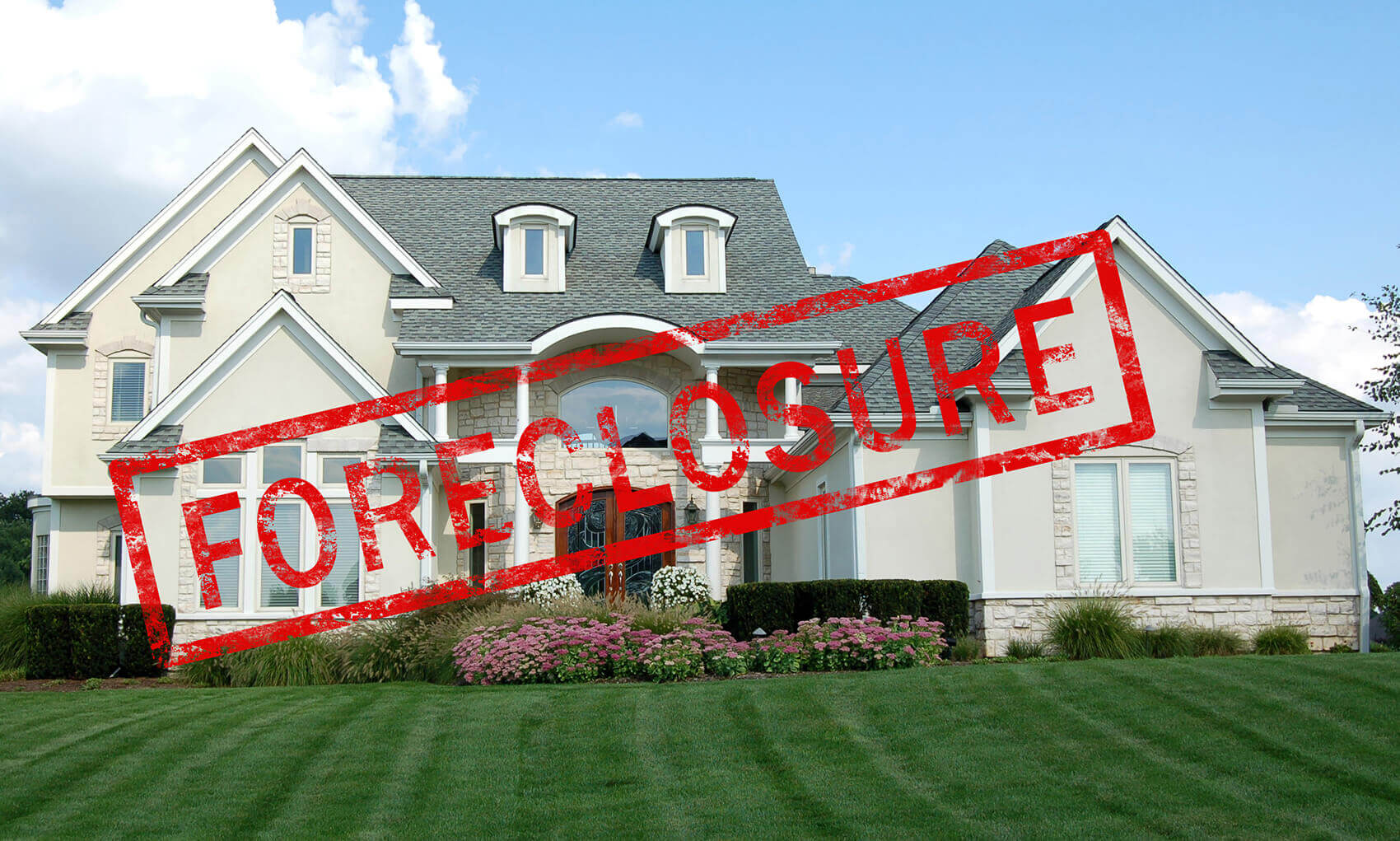Foreclosures are climbing again in 2025 — and depending on who you ask, this is either a long-overdue return to normal or the first rumble before a storm. As of November 14th, national foreclosure filings have risen for eight straight months, up roughly 20% year-over-year, and pushing closer to pre-pandemic norms.
No, this isn’t 2008 all over again. We’re nowhere near the “1 in every 45 homes” freefall that defined the last major crisis. But ignoring what’s happening now would be like ignoring a smoke alarm because the house isn’t on fire — yet.
Homeowners are feeling the squeeze from every direction: inflation, sticky mortgage rates, insurance premiums in meltdown mode, and job softness in big metros. Put that together, and the uptick isn’t surprising — but what’s surprising is where it’s hitting the hardest.
Let’s break it down.
The Big Picture: What the Numbers Say
National foreclosure activity — which includes starts, auctions, and bank repossessions — continues to climb in 2025. Recent data shows:
- October 2025: ~28,000 filings, rates around 1 in 3,871 homes
- September 2025: 35,602 filings, the eighth straight month of increases
- Q3 2025: Roughly 105,000 filings
- First Half 2025: ~140,000 foreclosure starts
- Q1 2025: 93,953 total filings; repossessions up 8%
The biggest driver? Foreclosure starts, which jumped 20% year-over-year in October. That’s the first official page of the foreclosure book — meaning more households are slipping behind early in the process.
The good news: homeowners still hold, on average, over $300,000 in equity. That equity has been absorbing a lot of shock. The caution flag: equity only protects those who have it, and FHA/VA borrowers — often with thinner margins — now make up over half of all serious delinquencies.
Where Trouble Is Growing the Fastest
Foreclosure pressure isn’t evenly distributed. It’s hitting hardest in states battling affordability issues, natural disaster insurance chaos, or economic instability:
Top 5 States With the Highest Foreclosure Rates
- Florida – 1 in ~2,200 homes
Insurance premiums are up 40%+, and hurricane losses aren’t helping. - Delaware – 1 in ~2,300
High property taxes + tight affordability = trouble. - Nevada – 1 in ~2,400
Tourism swings are rippling into household budgets. - South Carolina – 1 in ~2,500
Insurance spikes along the coast; Columbia is a major hotspot. - Illinois – 1 in ~2,600
Chicago’s foreclosure pace remains elevated.
Hardest-Hit Metros
- Lakeland, FL – 1 in 654
- Columbia, SC – 1 in 694
- Palm Bay, FL – 1 in 716
- Bakersfield, CA – 1 in 720
- Cleveland, OH – 1 in 721
Texas, Florida, and California still dominate the raw numbers simply because of size — but the per-unit trouble spots say more about underlying risks.
What’s Causing the Rise?
This isn’t random — and it isn’t a mystery. Several forces have been piling up:
- Mortgage rate shock as ARMs reset from pandemic-era lows
- Insurance premiums exploding, especially in coastal states
- Inflation and rising consumer debt, which leave less buffer for emergencies
- Job softness in construction, retail, hospitality
- Equity gaps hitting FHA/VA borrowers disproportionately
- Unwinding of COVID-era forbearances
Throw in ongoing policy debates around extended-term mortgages and we’ve got a cocktail that’s spooking economists — even if it hasn’t spilled over into a crisis.
What This Means Going Forward
Forecasts call for a 10–15% increase in foreclosure activity through 2026, assuming rates stay near today’s levels. A recession? That could double the pace.
For now, we’re seeing:
- More “zombie foreclosures” (vacant, stuck in limbo)
- More inventory from distressed sales — potentially softening prices in hotspots
- More buyers jumping on discounted properties
- More renters getting displaced
It’s a confusing time, but also an opportunistic one — depending on which side of the table you’re sitting on.
Final Take
The U.S. housing market isn’t falling apart, but it is shifting. We’re in a period where high rates, inflation, and insurance volatility are reshaping affordability and nudging more households into distress.
The question isn’t “Is this 2008 again?”
The question is “Who’s prepared — and who isn’t?”
Your Turn — Let’s Talk About It
Foreclosure trends touch everyone: buyers, sellers, investors, and homeowners trying to keep the lights on.
👉 What’s your take?
Are these rising numbers just the market normalizing — or do they feel like early warning signs?
👉 Have you noticed distress in your local market?
Tell me where you’re seeing pressure.
👉 Want data specific to your city or county?
Drop a comment and I’ll break it down.
Your insights help shape future posts — and your questions help others navigate this shifting market. Jump in below!


 Facebook
Facebook
 X
X
 Pinterest
Pinterest
 Copy Link
Copy Link


